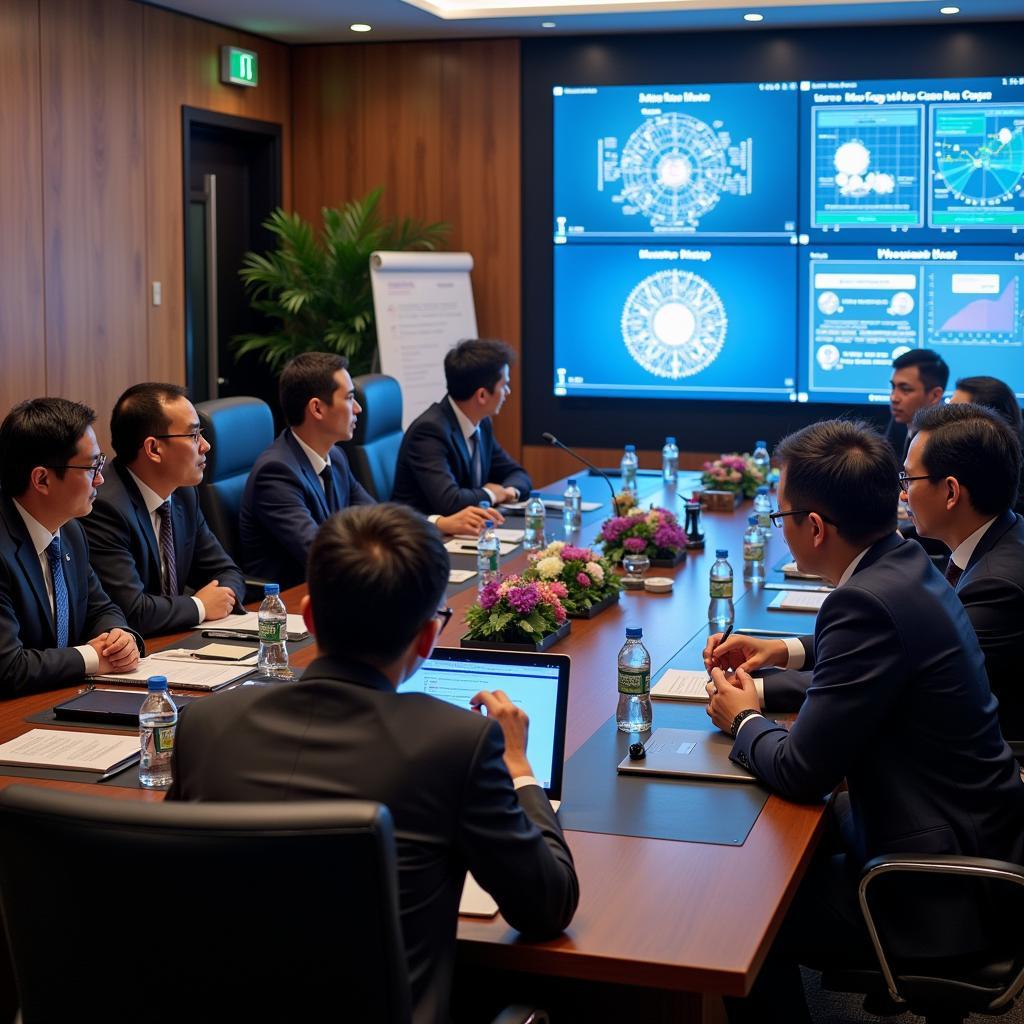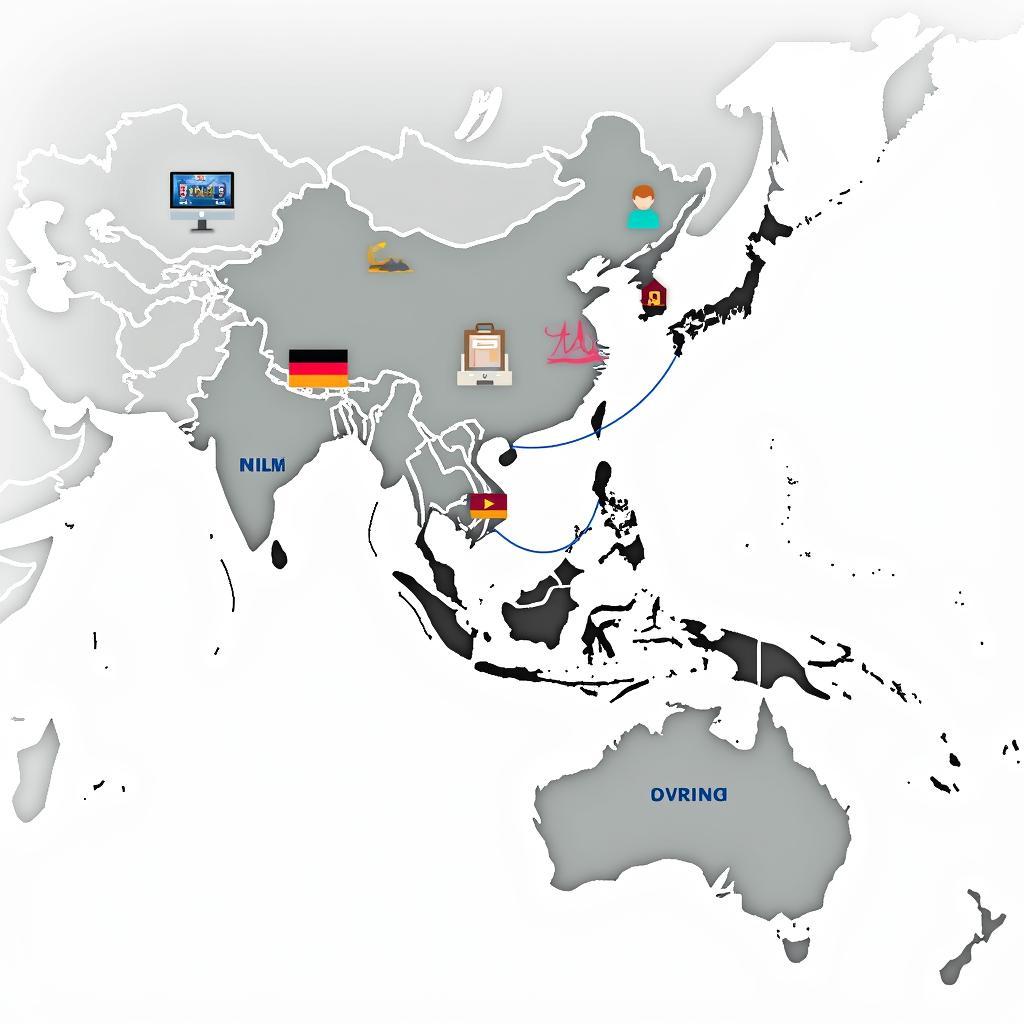The ASEAN Chamber Quantification Guidelines 2017 (ACQG) provide a standardized framework for measuring and quantifying the performance of ASEAN chambers of commerce and industry. These guidelines are essential for chambers to assess their impact, identify areas for improvement, and demonstrate their value to members and stakeholders. This article will delve into the intricacies of the ACQG, offering a comprehensive overview of its purpose, scope, and key components.
Understanding the Purpose and Scope of the ACQG
The ACQG was developed by the ASEAN Business Advisory Council (ABAC) in collaboration with the ASEAN Secretariat to enhance the effectiveness and efficiency of chambers within the ASEAN region. Its primary objective is to establish a common understanding of chamber performance and to provide a consistent methodology for evaluating progress.
Why are these guidelines important?
- Standardized Assessment: The ACQG offers a uniform framework for evaluating chamber activities across diverse ASEAN member states, ensuring consistency in assessment.
- Data-Driven Decision Making: By quantifying performance, chambers can gain valuable insights to inform strategic decision-making and identify areas for improvement.
- Transparency and Accountability: The guidelines promote transparency and accountability within chambers, fostering trust among members and stakeholders.
- Regional Benchmarking: By providing a common yardstick, the ACQG enables chambers to benchmark their performance against regional standards, fostering continuous improvement.
Key Components of the ACQG
The ACQG encompasses a range of key components, each contributing to a comprehensive assessment of chamber performance.
1. Strategic Planning
- Vision, Mission, and Goals: The ACQG emphasizes the importance of a well-defined vision, mission, and clear strategic goals aligned with ASEAN’s economic and social objectives.
- Target Audience and Stakeholders: Chambers are encouraged to identify their primary target audience and key stakeholders, understanding their needs and expectations.
- Resources and Capabilities: The guidelines assess the availability of resources, including financial, human, and technological assets, to achieve strategic goals.
2. Program and Service Delivery
- Membership Development: Chambers are evaluated on their membership growth, retention, and value proposition offered to members.
- Advocacy and Policy Engagement: The ACQG measures the effectiveness of chambers in advocating for policies conducive to business growth and development in ASEAN.
- Trade and Investment Promotion: Chambers are assessed on their efforts in promoting trade and investment opportunities within and beyond the ASEAN region.
- Business Development and Training: The guidelines evaluate the quality and relevance of business development and training programs provided to members.
3. Organizational Effectiveness
- Governance and Management: The ACQG examines the effectiveness of chamber governance structures, leadership, and management processes.
- Financial Sustainability: Chambers are assessed on their financial stability, resource management, and fundraising capabilities.
- Communication and Networking: The guidelines evaluate the effectiveness of chamber communication channels, outreach efforts, and networking initiatives.
- Technology and Innovation: The ACQG encourages chambers to embrace technology and innovative approaches to enhance their operations and service delivery.
Implementing the ACQG
“The ACQG provides a valuable framework for ASEAN chambers to assess their performance and identify areas for improvement. However, implementation requires a structured approach.” – Dr. [Expert Name], ASEAN Business Advisor
Implementing the ACQG effectively requires a comprehensive approach, involving the following steps:
- Self-Assessment: Chambers are encouraged to conduct a self-assessment using the ACQG framework, identifying strengths, weaknesses, and areas for improvement.
- Data Collection and Analysis: Gathering relevant data and conducting thorough analysis is crucial for evaluating chamber performance against the guidelines.
- Action Planning: Based on the self-assessment and data analysis, chambers should develop action plans to address identified gaps and enhance performance.
- Monitoring and Evaluation: Regularly monitoring progress and evaluating the impact of implemented action plans is essential for continuous improvement.
Conclusion
The ASEAN Chamber Quantification Guidelines 2017 provide a valuable framework for ASEAN chambers to enhance their performance, demonstrate their impact, and contribute effectively to regional economic growth. By embracing the guidelines and implementing a structured approach, chambers can strengthen their position as trusted partners for businesses and stakeholders, promoting ASEAN’s economic prosperity and sustainable development.
FAQ
1. What are the benefits of implementing the ACQG?
Implementing the ACQG offers numerous benefits for ASEAN chambers, including enhanced performance, improved transparency, and increased accountability.
2. How can chambers access the ACQG?
The ACQG is available on the ABAC website and can be accessed by all ASEAN chambers.
3. Are there any resources available to assist chambers in implementing the ACQG?
ABAC and the ASEAN Secretariat provide training and support to chambers in implementing the ACQG.
4. How often should chambers conduct self-assessments using the ACQG?
Chambers are encouraged to conduct self-assessments annually to monitor progress and identify areas for improvement.
5. What are some examples of successful implementation of the ACQG?
Several ASEAN chambers have successfully implemented the ACQG, achieving positive results in terms of performance enhancement and stakeholder engagement.
6. How can I learn more about the ACQG?
You can learn more about the ACQG by visiting the ABAC website or contacting the ASEAN Secretariat.
7. What is the future of the ACQG?
The ACQG is continuously evolving to reflect the changing needs of ASEAN chambers and the evolving regional economic landscape.

